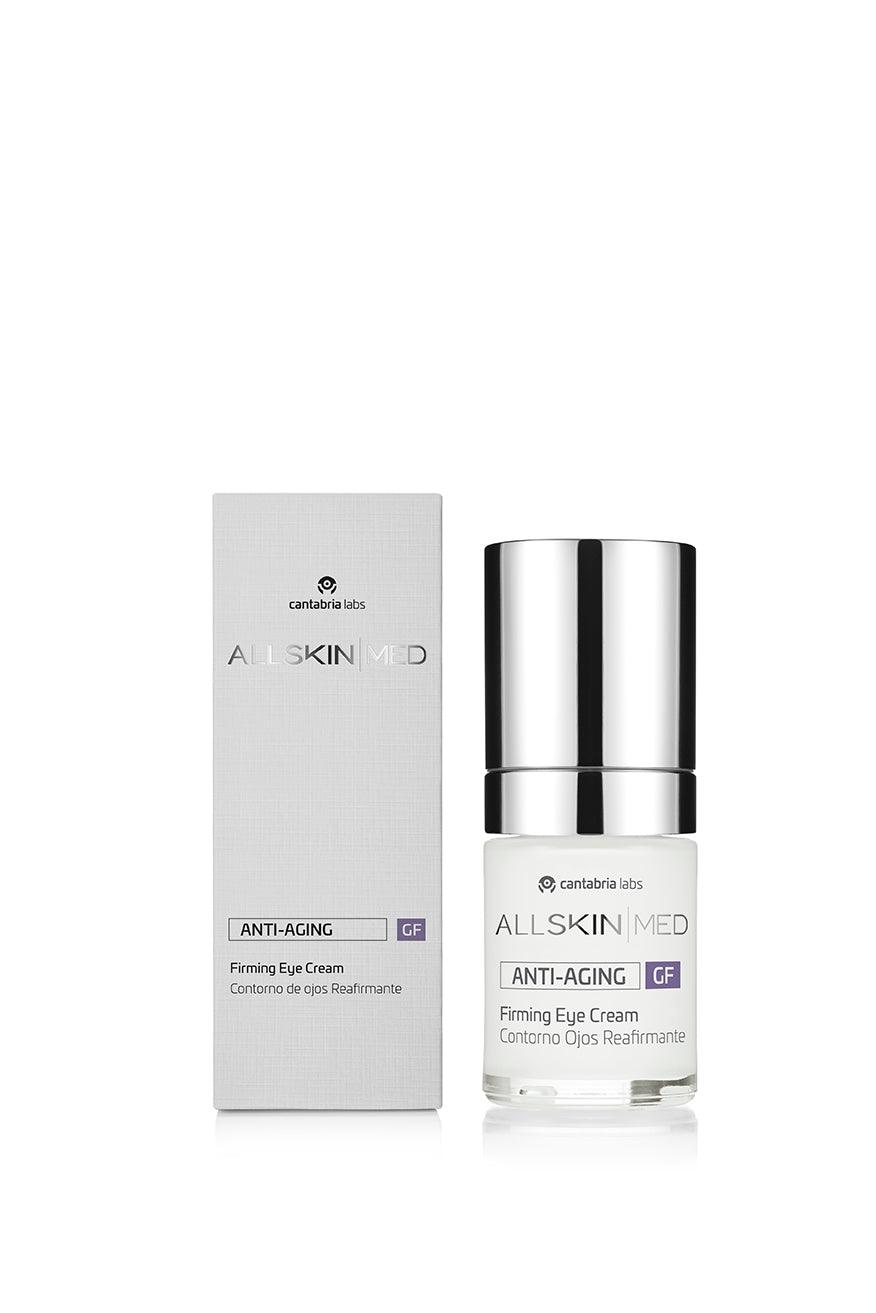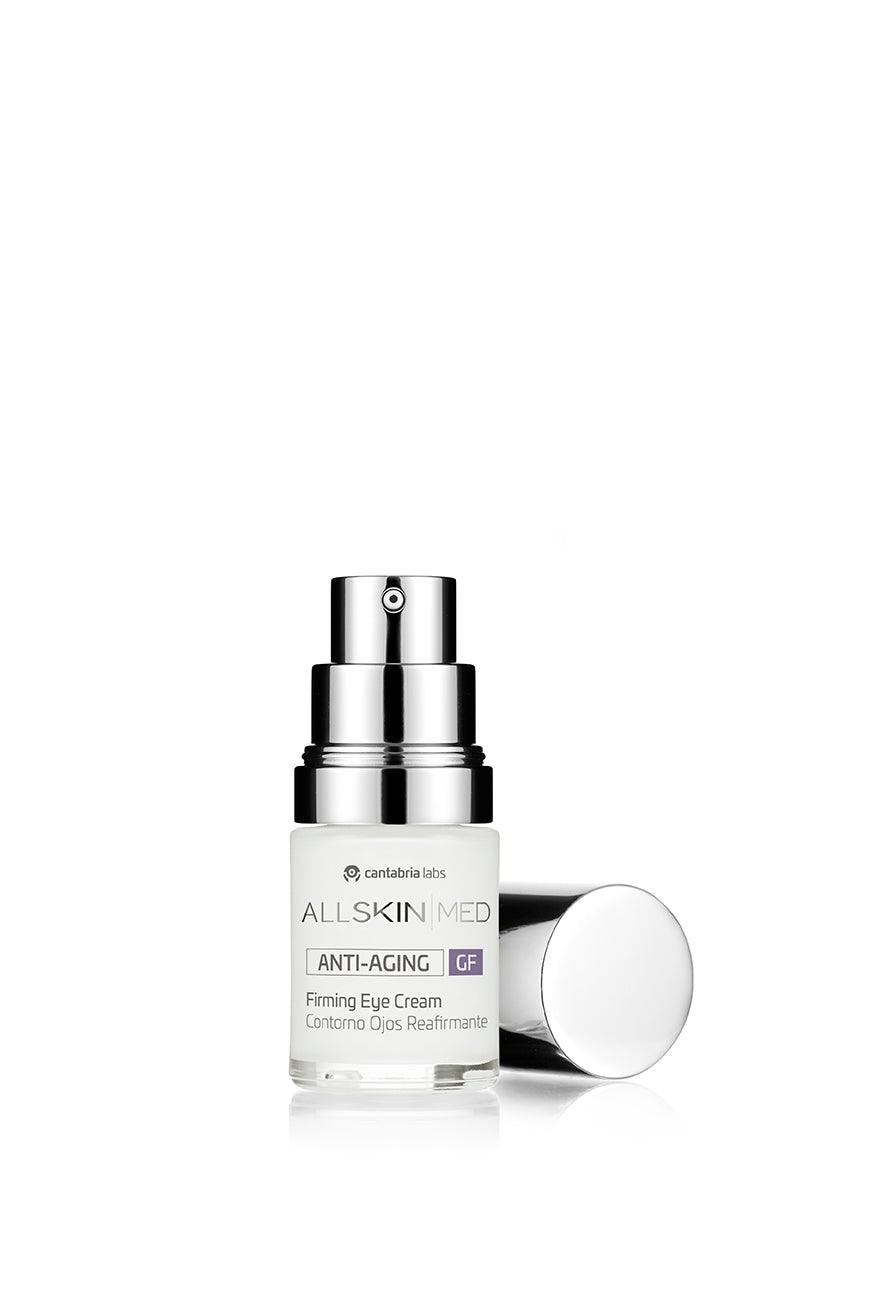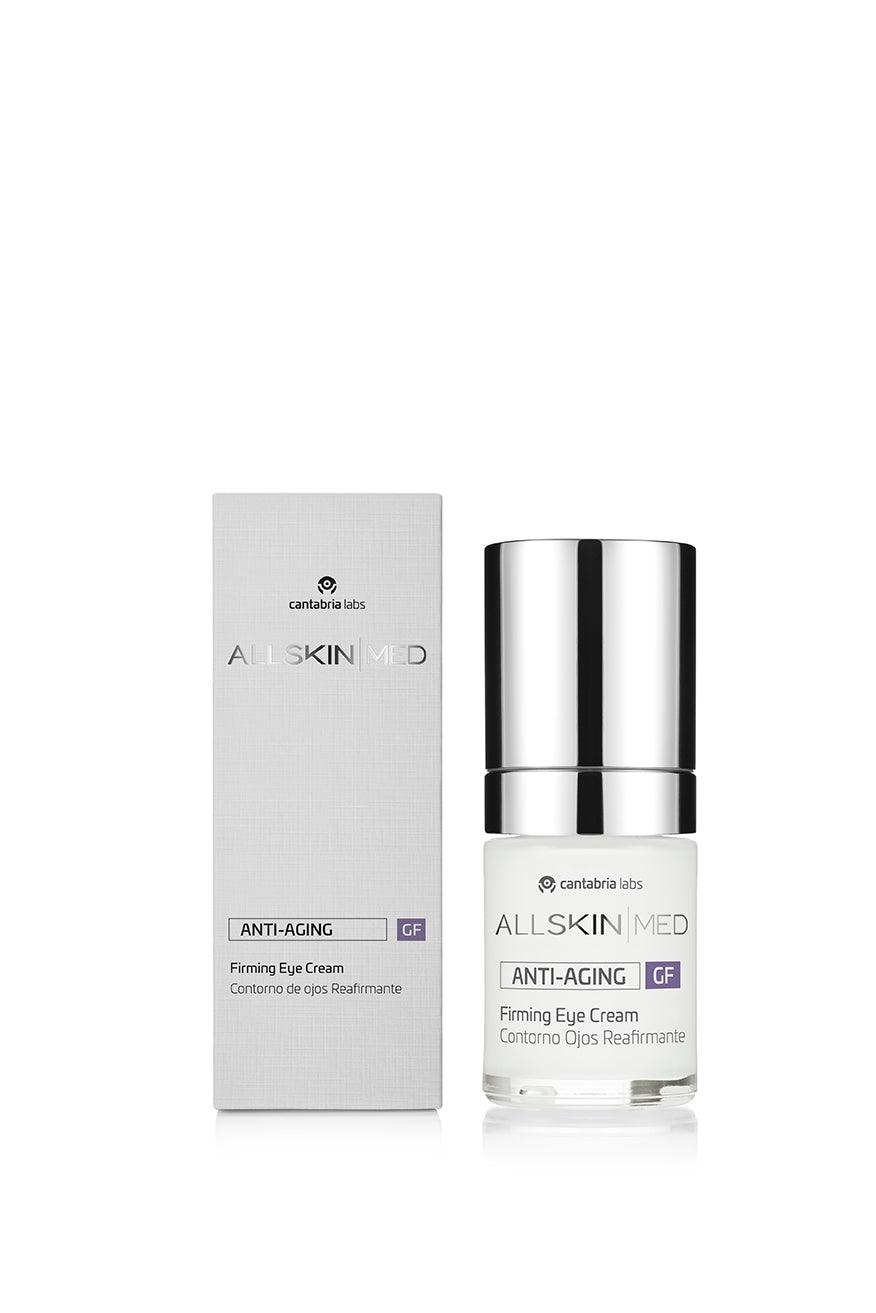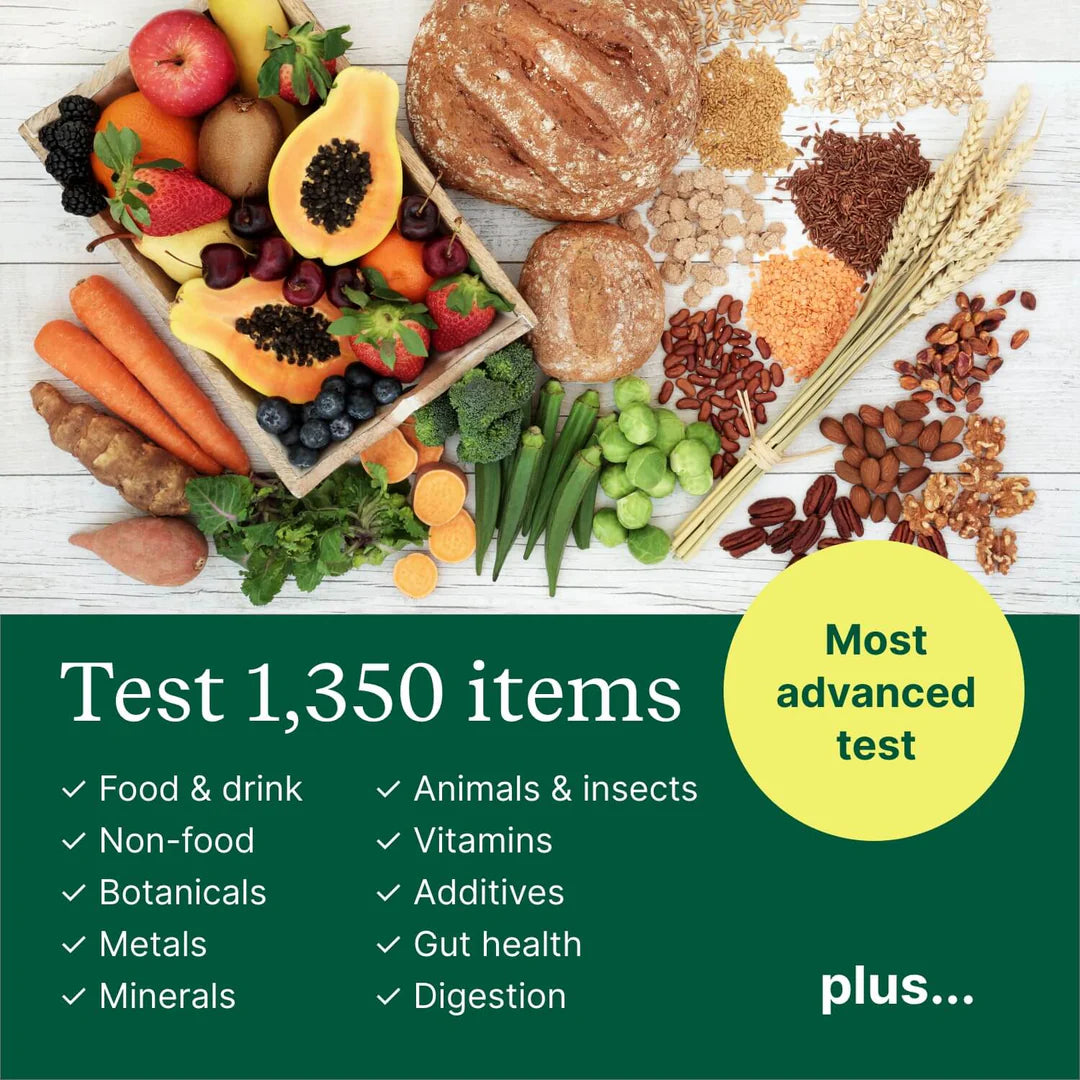Living a Low-Cortisol Life: Your Guide to Calm, Balance, and Radiance

Are you a woman in your 40s navigating the challenges of chronic stress, unexplained weight gain, fatigue, and full-body inflammation? If so, cortisol—the body's primary stress hormone—may be playing a bigger role in your daily discomfort than you realise. High cortisol isn't just a consequence of a busy lifestyle; it's a major driver behind inflammation, hormonal imbalances, skin flare-ups, brain fog, and disrupted sleep.
But here’s the good news: you have more control over your cortisol levels than you might think. This comprehensive guide is designed to gently empower you with actionable, science-backed strategies that holistically lower cortisol, soothe inflammation, and help you regain your balance from inside out.
In the following guide, we’ll explore daily rituals, nourishing foods, targeted supplements, calming exercises, and mindful self-care practices that harmonise your body's natural rhythms. These practical steps will help you build resilience, reclaim your energy, restore hormonal harmony, and glow again from within. Consider this your essential roadmap for creating a sustainable, joyful, and calm lifestyle—one thoughtful choice at a time.
Are you ready to experience life with lower stress, less inflammation, and more vitality? Let's begin your journey to a balanced, radiant life, one beautiful, cortisol-conscious day at a time.

1. Start Your Day Calmly
Your morning sets the tone for your cortisol levels for the entire day.
-
Gentle Awakening:
Wake up gradually using a daylight-simulation alarm clock to prevent a sudden cortisol spike. -
Hydrate & Nourish:
Drink warm lemon water to detoxify gently and support your adrenals, followed by a balanced breakfast rich in protein and healthy fats (e.g., avocado, smoked salmon, eggs).
2. Adopt an Anti-inflammatory Diet
Your diet directly influences inflammation and cortisol.
-
Prioritise anti-inflammatory foods:
- Healthy fats (avocado, olive oil, oily fish)
- Leafy greens and cruciferous vegetables
- Colourful berries
- Spices (turmeric, ginger, cinnamon)
- Green tea
-
Limit cortisol-triggering foods:
- Refined sugar
- Excess caffeine
- Alcohol
- Highly processed foods
- Gluten and dairy (if intolerant)
3. Strategic Supplementation
Support adrenal health and inflammation reduction.
-
Adaptogens:
- Ashwagandha: 300–500 mg/day to modulate cortisol.
- Rhodiola rosea: reduces fatigue and supports adrenal resilience.
-
Omega-3:
1–3g daily (EPA/DHA) to significantly reduce inflammation. -
Magnesium Glycinate:
300–400mg nightly for cortisol reduction, muscle relaxation, and improved sleep. -
Vitamin C & Zinc:
Strengthen adrenal glands and immune system; 500–1000 mg/day Vitamin C and 15–25 mg/day Zinc.
4. Mindfulness and Breathwork
Lower stress responses and inflammation through mindfulness practices.
-
Daily Breathwork:
Box breathing (4-4-4-4) or alternate-nostril breathing for 10 minutes daily. -
Meditation:
10–15 minutes every morning to calm the nervous system and stabilise cortisol. -
Journaling:
Daily gratitude journaling to shift perspective and foster emotional resilience.
5. Movement—Gentle but Consistent
Focus on low-intensity exercise to prevent cortisol spikes.
- Recommended Exercises:
-
- Yoga (particularly restorative or Yin Yoga)
- Pilates
- Swimming
- Walking (preferably in nature)
-
Avoid High-Intensity:
Limit intense HIIT or cardio, which can raise cortisol further.
6. Prioritise Sleep Hygiene
Sleep is fundamental for cortisol regulation.
- Consistent sleep schedule (bedtime by 10 pm).
- Sleep in complete darkness and quiet.
- Limit screen time 1 hour before bed (use blue-light-blocking glasses in the evening).
- Magnesium glycinate and chamomile tea before bedtime.
7. Skin & Self-care Rituals
A mindful self-care ritual each evening can significantly lower stress and inflammation.
- Warm baths: Add Epsom salts (high in magnesium) to relax muscles and reduce inflammation.
- Gua Sha or Face Massage: Daily lymphatic drainage massage reduces cortisol, puffiness, and inflammation.
- Infrared Sauna: Weekly infrared sessions (15–20 mins) help reduce systemic inflammation and cortisol.
8. Optimise Your Environment
Your environment impacts cortisol more than you realise.
- Reduce environmental toxins: Choose natural cleaning products, skincare, and home fragrances to reduce toxic load.
- Plants & nature: Incorporate houseplants to cleanse indoor air and spend more time outdoors.
- Create calm spaces: Organise and declutter your home for mental clarity and stress reduction.
9. Regular Digital Detox
Reducing screen time and exposure to constant stimulation helps reset cortisol levels.
- Plan at least one full day a month of no digital use.
- Regularly schedule device-free evenings or weekends to fully unwind.
10. Social Connection and Emotional Support
Cortisol levels lower significantly when you engage in meaningful social connections.
- Regularly spend quality time with supportive family and friends.
- Consider professional support (therapy, holistic coaching) if stress feels overwhelming.

Sample Daily Schedule to Lower Cortisol
7:00 am: Gradual wake-up, hydration, gentle stretching or yoga
7:30 am: Mindfulness meditation or breathwork (10–15 min)
8:00 am: Protein-rich breakfast (avoids insulin spikes)
Mid-Morning: Short walk or light physical activity, herbal tea
1:00 pm: Anti-inflammatory lunch (rich in leafy greens, omega-3 fats)
Afternoon: Short mindfulness break (5–10 min breathing exercise)
6:30 pm: Balanced dinner (low in sugar, moderate protein, and healthy fats)
Evening Ritual:
Warm Epsom salt bath
Skin-care and gua sha
Journaling & gratitude practice
10:00 pm: Bedtime (no screens at least one hour prior)
Track Your Progress
- Regularly monitor symptoms and energy levels.
- Consider monthly check-ins (cortisol saliva tests or inflammatory markers, e.g., CRP blood tests).
- Adapt the routine based on feedback and improvement.
Moving Forward
Consistency is key to reducing cortisol and inflammation. Remind yourself regularly that healing is a process—celebrate progress over perfection. Each small step counts toward lasting wellness and vitality.









